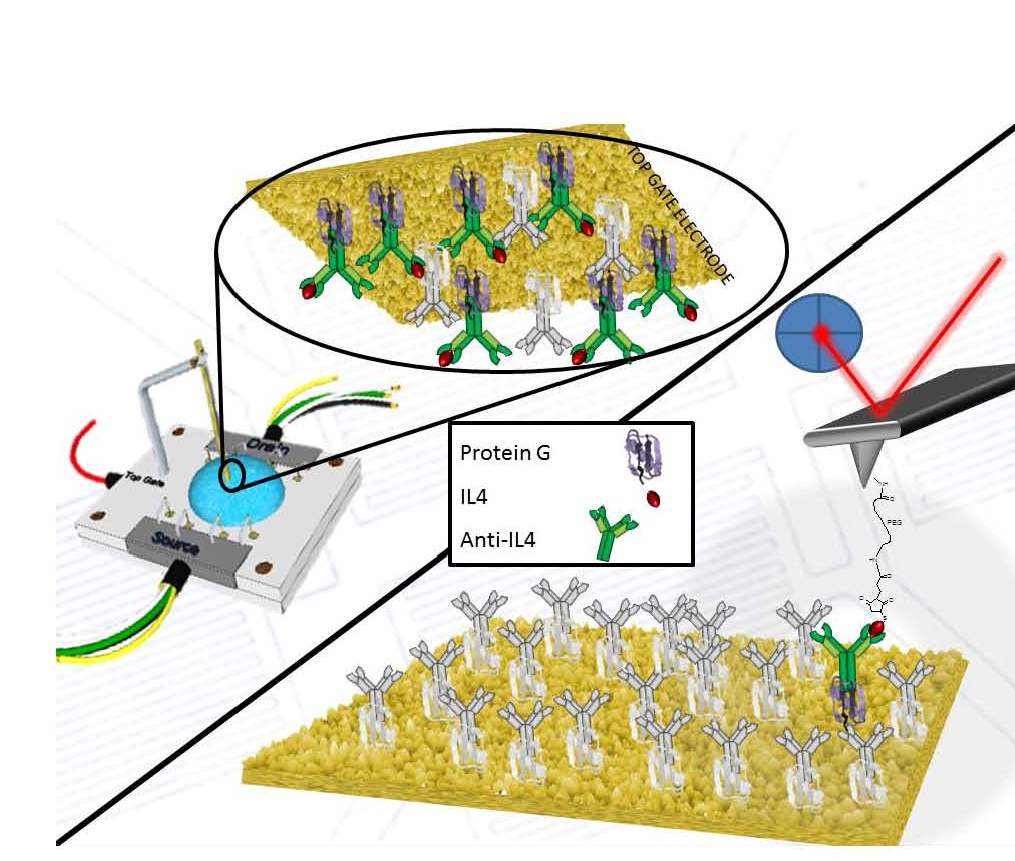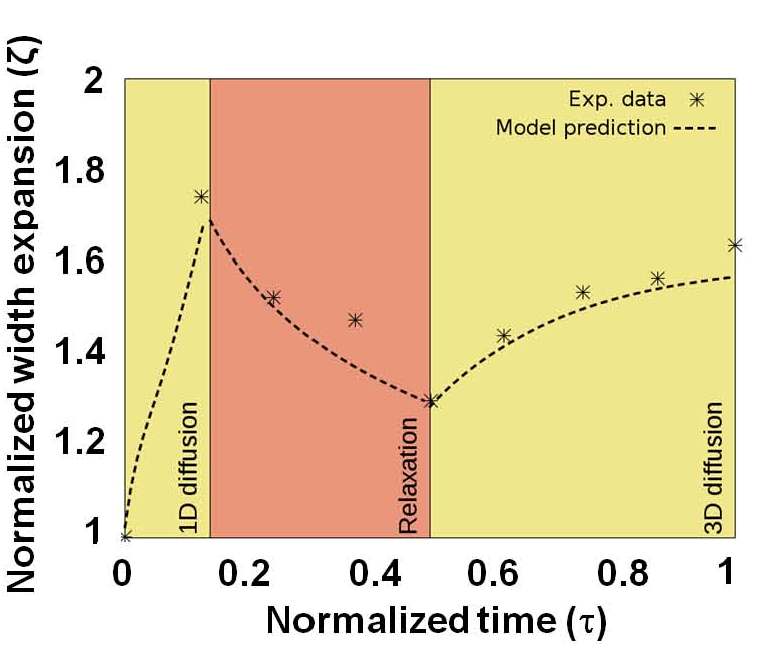The activity is focused on the development of high-spatial resolution, high-speed and sensitive atomic force microscopes to characterize the in situ changes of the mechanical properties of cells and tissues as a function of the chemical and physical environment. Those microscopes should provide a plethora of mechanical properties (elastic, retardation, relaxation times and viscoelastic parameters) of proteins, cells and tissues to track time-resolved processes and interactions. This might also lead to label free methods complementary to fluorescence optical methods to imaging subsurface processes in cells.
We also investigate mechanical markers (elastic and loss moduli) to characterize different diseases from cancer to spinal cord injuries and cardiovascular diseases. The final goal of this activity is to develop of a high-throughput mechanical microscope for applications in clinical research.
We are applying nanotechnology tools and methodologies to address a variety of life sciences topics.
- High-spatial resolution and High Speed AFM methods
- Nanomechanics at single cell level and disease progression
- Nanoscale characterization of polymer scaffolds for implant devices
- Molecular interactions in drug delivery systems
- Ultrasensitive devices for monitoring biomolecular recognition process associated to protein marker diseases
Relevant publications:
- J.G. Goetz, S. Minguet, I. Navarro-Lerida, J.J. Lazcano, R. Samaniego, E. Calvo, M. Tello, T. Osteso-Ibáñez, T. Pellinen, A. Echarri, A. Cerezo, A. J.P. Klein-Szanto, R. Garcia, P. J. Keely, P. Sanchez-Mateos, E. Cukierman, M.A. Del Pozo, Biomechanical remodeling of the microenvironment by stromal caveolin-1 favors tumor invasion and metastasis, Cell 146, 148-163 (2011).
- Multi-Scale Sensing of Antibody-Antigen Interactions by Organic Transistors and Single Molecule Force Spectroscopy, S. Casalini , A. C. Dumitru, F. Leonardi, C. A. Bortolotti, E. T. Herruzo, A. Campana, R. F. de Oliveira, T. Cramer, R. Garcia, F. Biscarini. ACS Nano (2015)
- A. C. Dumitru, F.M. Espinosa, R. Garcia G. Foschi, S. Tortorella, F. Valle, M. Dallavalle, F. Zerbetto, F. Biscarini , In-situ nanomechanical characterization of the early stages of swelling and degradation of a biodegradable polymer, Nanoscale 7, 5403 (2015).
- J. R Ramos, J. Pabijan, R. Garcia, M. Lekka. The softening of human bladder cancer cells happens at an early stage of the malignancy process. Beilstein J. Nanotechnol. 5, 447-457 (2014).
- M. Chiesa, P. P. Cardenas, F. Otón, J. Martinez, M. Mas-Torrent, F. Garcia, J. C. Alonso, C. Rovira, and R. Garcia, Detection of the Early Stage of Recombinational DNA Repair by Silicon Nanowire Transistors, Nano Letters 12, 1275 -1281 (2012).














